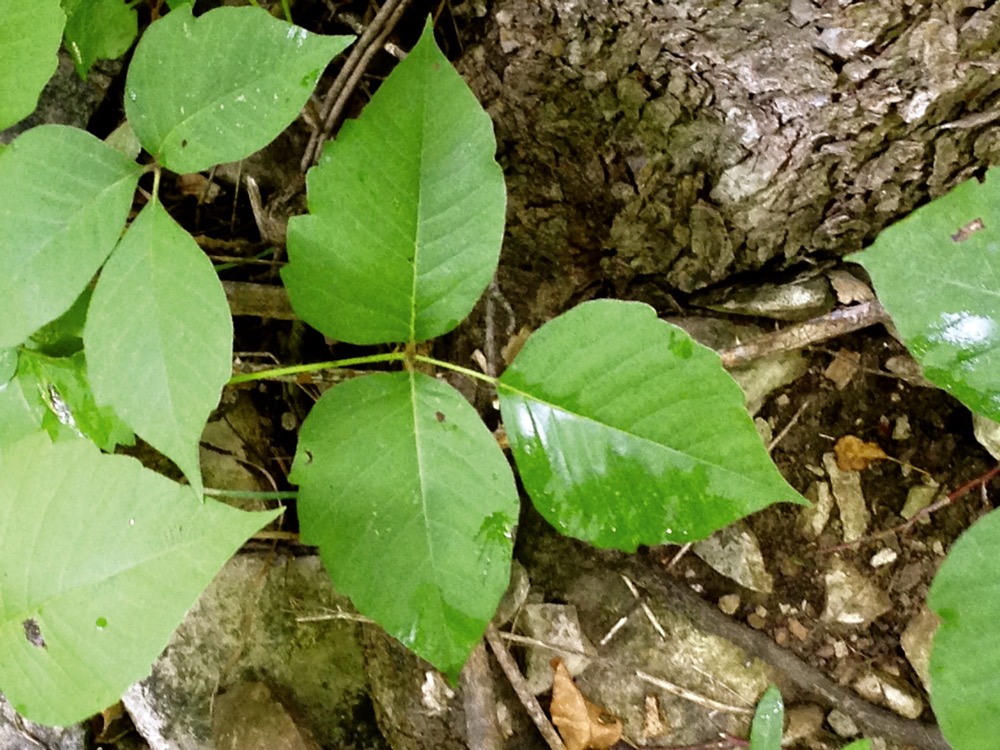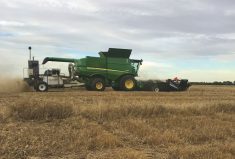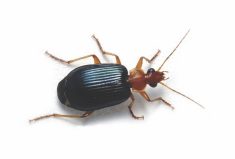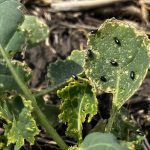Grain farmers don’t often concern themselves with plants that are poisonous to the touch since such plants are rarely found competing with corn, soybean or cereals. But during field work, maybe you need to take a “bathroom break” and since the corn is yet to be knee-high you seek privacy at the field edges or into the treeline.
Are there plants in that area that may come back to “bite you” especially when you decide to use some leaves to wash up? Here are three species that you want to keep an eye out for.

Poison Ivy
Everyone knows the “leaves of three, let them be” line, but there are a lot of plants with three leaflets. If we look at the three leaflets that make up the compound leaf, it is the middle leaflet that we should pay attention to. It exists on a much longer stalk (called a petiole) than the other two leaflets.
Giant Hogweed
This plant is easy to identify when it is 10 to 12 feet tall, but its risk of causing dermatitis is greatest when the plant is small and closer to the ground. Its large leaves are divided into three broad leaflets that are deeply lobed and toothed. The stem is covered in whiskers and reddish blotches.

Wild Parsnip
When in flower, wild parsnip is reminiscent of dill and easy to identify with its showy yellow flowers. It’s a little trickier to identify in the spring, but its compound leaves are made of several, sharply toothed leaflets that form a basal rosette.

Have a question you want answered? Hashtag #PestPatrol on Twitter to @cowbrough or email Mike at [email protected].















